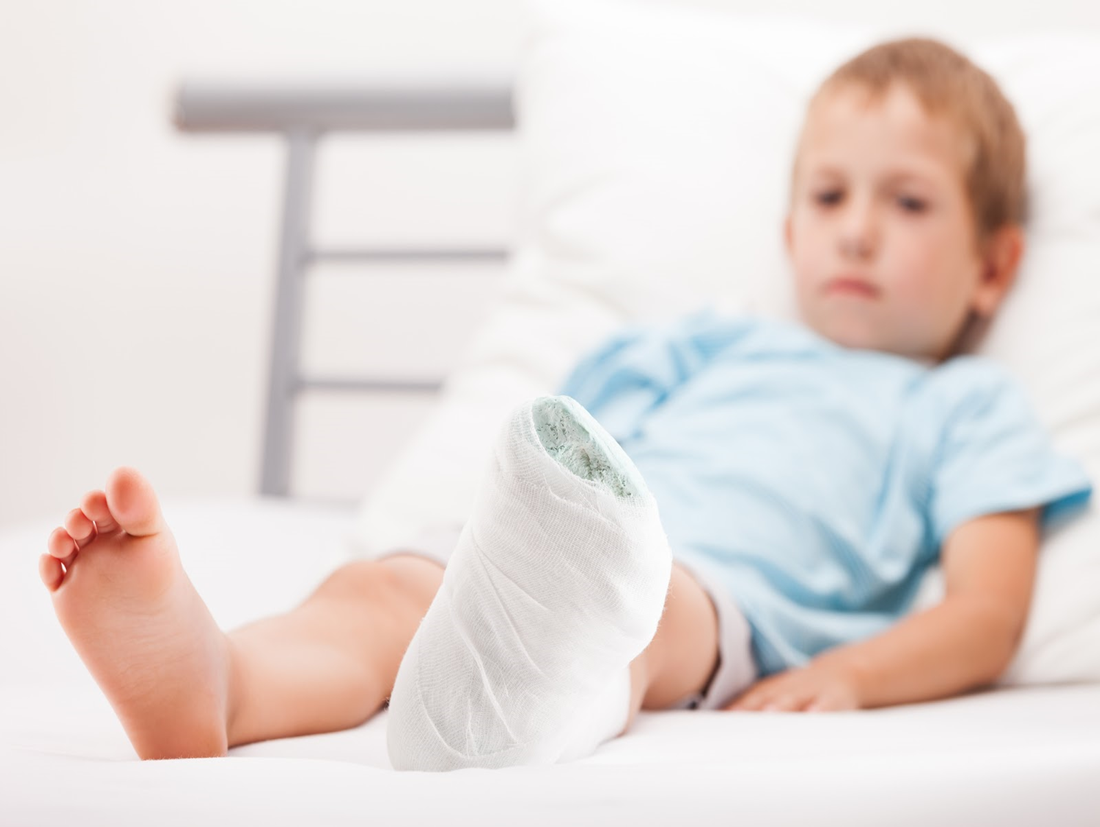Biomechanical
Approaches to Treating Pain
This is the start of Chapter 1 from the book "Secrets to Keep Moving" about taking a good history (or giving one).
Golden Rule of Foot: With so many pain syndromes having a mechanical component, it is important to treat painful areas with mechanics in mind.
The topics included in
this chapter are:
- Taking a Good Biomechanics
History (which is the topic of this blog post)
- Understand the symptoms related
to pain syndromes of 5 Common Mechanical Problems
- General Principles for Foot
Orthotic Devices
- Treatment of Short Leg Syndrome
- Hannaford Devices for Shock
Absorption and Memory Foam Accommodation
- Common Shoe Modifications
- Running Shoe Choices,
Evaluation, and Orthotics
- Right Handed vs Left Handed
- Taping Techniques
1. Taking a Good
Biomechanics History
This is where it all begins in the doctor/patient or therapist/patient relationship. The time spent here discussing the historical facts of an injury or pain syndrome, and important contributing factors, can be vital in the success or failure of treatment. Why is it so vital? Follow up visits work off the success or failure of the treatment plan set on that first visit (it is why I am anal with staff to allow that patient ample time, and allow me to see them on time). If the information collected is inadequate, the entire sequence of events following may be subpar. Please review Chapter 3 on History Taking now before we go further.
The
biomechanics history related to injuries is looking for patterns or facts that
can cause injuries to occur. Here are some of the many questions that normally
get asked, or at least you should add to your thoughts prior to seeing a doctor
or therapist. These include:
- Do you know if you
have a short leg?
- Do you believe you
have weak or tight muscles in general, or around the injured part?
- Do you have loose
ligaments in general?
- Are you right or
left handed?
- When you were a child did you have to wear
braces or shoe inserts?
6.
Have you ever been
prescribed shoe inserts?
7.
Have people told you
that you walk or run funny?
8.
What has your history
been of overuse injuries (non traumatic)?
9. Have all or most of your injuries been to one side of your body?
10. Do you have high arches, flat feet, bow legs, knock knees, bunions, hammertoes, or other abnormalities?
High Arches or Pes Cavus
11.
Do you have any
arthritis from your hips downward and where?
12. Do you feel unstable in any joints?
A skilled practitioner knows the relevancy of the answers to your problem. The answers will help point the course of treatment in the right direction. I sure hope it helps you.





No comments:
Post a Comment
Thank you very much for leaving a comment. Due to my time restraints, some comments may not be answered.I will answer questions that I feel will help the community as a whole.. I can only answer medical questions in a general form. No specific answers can be given. Please consult a podiatrist, therapist, orthopedist, or sports medicine physician in your area for specific questions.